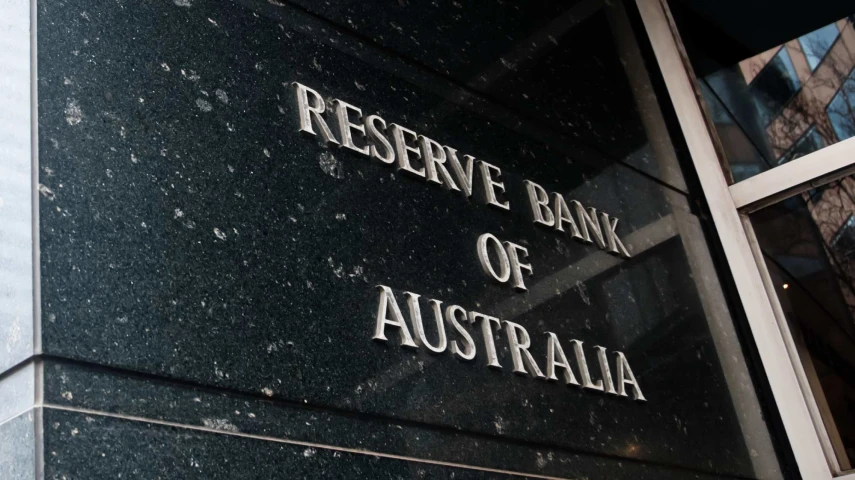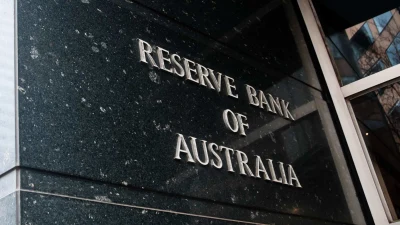What is the industry forecasting for the RBA?



Industry commentators have shared their thoughts on when the Reserve Bank of Australia (RBA) will hike interest rates next and whether Australia will see monetary easing this year.
Since taking over as RBA governor in September 2023, Michele Bullock has raised rates once in November and held them for two months in October and December.
But what will 2024 hold for the central bank and how does it compare to others globally?
Janus Henderson
Emma Lawson, fixed interest strategist for macroeconomics at Janus Henderson, said: “While the RBA are right to continue to monitor for elevated inflation risks, the slowdown in economic growth and lower global inflation allow for the balance of risks to turn to the next phase of the cycle.
“Pricing for the RBA is modest, with the first cut expected in May 2024. Our base case is for the RBA to remain on hold at current rates before commencing an easing cycle in September 2024.”
HSBC
Paul Bloxham, chief economist for Australia, New Zealand and global commodities at HSBC, said: “47bp of cuts are priced over 2024, with a full cut priced by August 2024. The move appears to have largely been driven by shifting global central bank expectations, particularly signs that the US Fed may be cutting sooner than previously thought. But there are lots of reasons to think that Australia’s central bank may take much longer to deliver easing, particularly than the US.
“Our central case is that the RBA is likely to be on hold through 2024, with cuts not arriving until 2025. In the short run, there is still some risk that the RBA hikes again in coming months. By the second half of the year, the risk gets larger that cuts could arrive, but this is not our central case.”
AMP
AMP chief economist, Shane Oliver, said: "Just as Australian inflation and interest rates lagged the pickup in US/global inflation and interest rates by a few months it's likely to also do the same on the way down.
"So the fact that the US is moving towards rate cuts suggests that the RBA will likely do the same with a lag. While there is still a high risk of another RBA rate hike early next year, its likely to be headed off by weaker inflation for December and the pivot towards rate cuts globally.
"Our base case remains that the cash rate has peaked and that the RBA will start cutting rates mid next year taking the cash rate down to 3.6% by end 2024 (which is below market expectations for a fall in the cash rate to 3.8% by end 2024)."
Vanguard
Vanguard Australia senior economist, Alexis Gray, said: “Interest rates will likely stay high for the first half of 2024 before falling in the second half, when the RBA is anticipated to bring inflation back to its 2–3 per cent target band. Rates are expected to settle in the 3–4 per cent range, Vanguard’s estimate of the nominal neutral rate.
“The odds of Australia narrowly avoiding a recession are high, having benefited from elevated commodity prices as a commodities exporter and less restrictive monetary policy.”
Bendigo Bank
Chief economist, David Robertson, said: “There’s no doubt we’re in for a challenging period ahead.
“The December RBA ‘no change’ policy decision and associated comments were as expected, and maintained the tightening bias, but did add weight to a ‘rates on hold’ scenario – potentially for all of 2024. Another hike to 4.6 per cent can’t yet be ruled out and will be dependent on quarterly CPI data out in late January and then in late April, but equally rate cuts will need a lot of progress with inflation to materialise.”
The next RBA meeting will be held on Tuesday, 6 February.
Recommended for you
Clime Investment Management is overhauling the selection process for its APLs, with managing director Michael Baragwanath describing the threat of a product failure affecting clients as “pure nightmare fuel”.
Global X will expand its ETF range of exchange-traded funds next month with a low-cost Australian equity product as it chases ambitions of becoming a top issuer of ETFs in Australia.
Flows into Australasian sustainable funds have moved back into outflow territory in the second quarter of 2025 driven by US$400 million in redemptions from passive funds.
Flows into SPDR ETFs during the second quarter of 2025 have helped State Street to reach US$5 trillion in assets under management.














